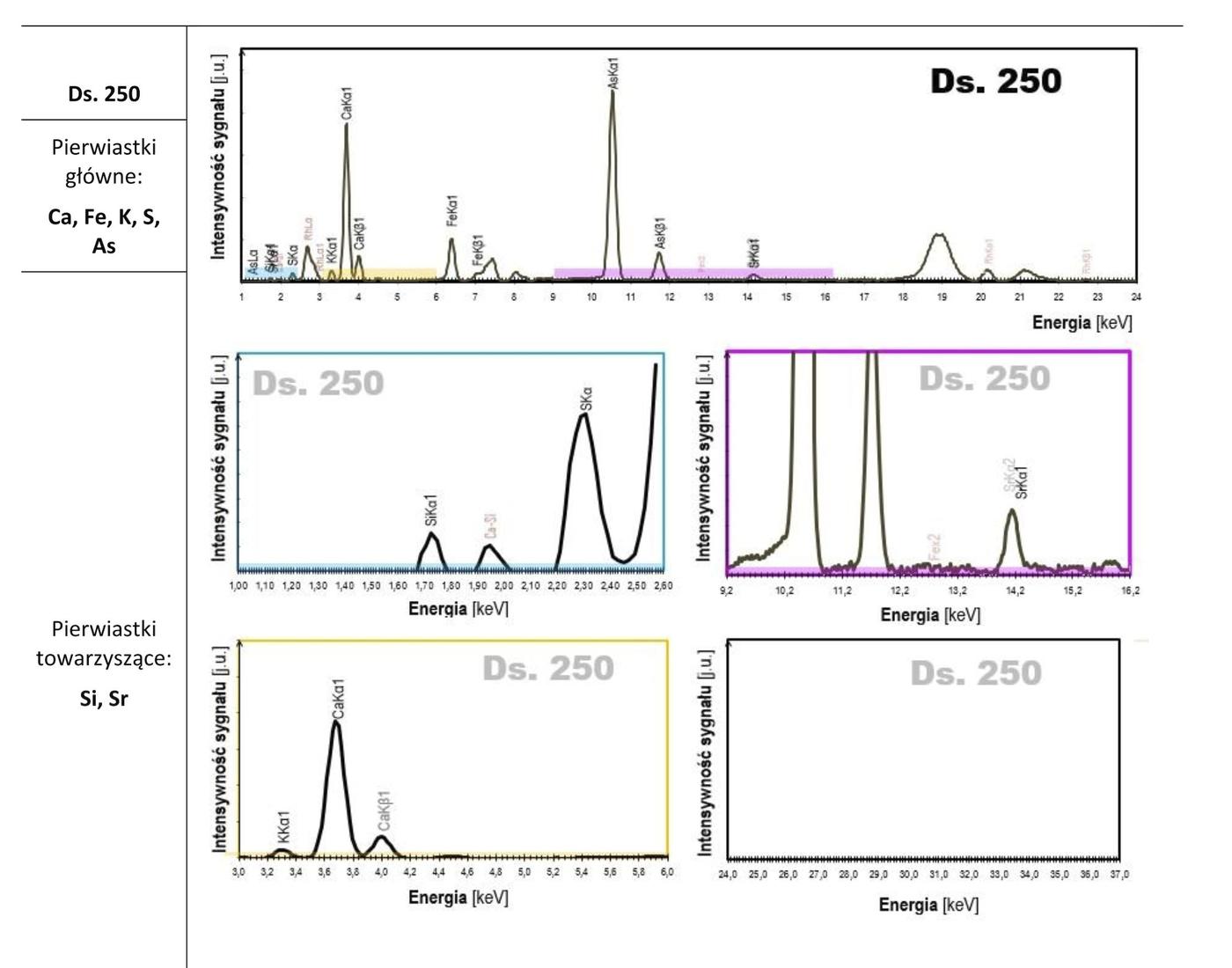| 4. A brief summary of the item’s contents |
The ritual text for longevity according to the Bon deity sTag la me ’bar
The first three folios of this manuscript are richly illuminated with paintings.
On the first folio, the title is written at the centre of an elaborate rectangular frame with two side-compartments, which was traced with double red lines and painted green, blue, yellow, and red.
On the next two folios, where the text begins, miniatures are displayed on both sides of the text, enclosed in a green frame. These miniatures represent two pairs of Bon deities and masters, who may form altogether a short lineage of transmission related to the text.
The miniatures of the second folio represent two peaceful male deities in front view on a blue background. Both are one-faced, two-armed, and sit cross-legged on white disks and lotuses. Their heads are surrounded by light-blue halos and their bodies by either red or orange halos bordered with heavily stylized, three-pronged lumps of fire. The male deity on the viewer’s left is white, has both hands resting in its lap in the gesture of meditation, and wears princely garments and ornaments. On this account, it may be identified as Kun bzang a skor, a form of the deity Kun tu bzang po, who is generally distinguished by the letter A inscribed on his chest, or gShen lha ’od dkar, one of the main deities of Bon, who is often represented with a hook. By contrast, the deity on the viewer’s right touches the ground with its right hand as a sign of awakening, while its left hand rests in its lap. It has a golden complexion and wears monastic garments. Iconography-wise, it is virtually identical to the Buddha Śākyamuni but should be identified in this context as gShen rab mi bo, whose career and image were largely shaped after those of the latter Buddhist figure.
Besides, one may also note on this folio the wide ornate rgya gram shad opening the text, which organically develops into scrollwork on the sides, its primary and secondary lines respectively drawn in black and red.
On the third folio, the miniature on the viewer’s left represents in front view the wrathful male deity sTag la me ’bar in its red, one-faced and two-armed, standing form known as spu gri dmar po. With his right hand, the god brandishes in the threatening gesture a wheel of blazing light with a handle and, with his left hand, he holds in the same gesture a sword, both attributes being painted yellow. Standing on a white disk and a red lotus with the left leg stretched out and the right one bent in a dynamic posture, sTag la me ’bar is surrounded by an orange halo of heavily stylized, three-pronged lumps of fire on a blue-sky background. He has three eyes and flaming, yellow eyebrows and moustache. He wears the skins of a human and a tiger as his upper and lower garments, respectively, and he is adorned with a golden tiara comprising three skulls, golden earrings and anklets, as well as bone necklaces, bracelets, and wristlets.
The miniature on the viewer’s right represents a Bon master turned toward sTag la me ’bar so as to signify that he receives his teaching. His right hand is raised in the discussion gesture and his left hand rests in his lap. Seated cross-legged on an orange lotus, he has his body surrounded by the same type of flaming halo as sTag la me ’bar, and his head surrounded by a green halo on a blue-sky background. He wears a Bon lotus hat with a golden tip, a blue cap, red flaps folded on the front and sides as if lotus petals, and red ribbons falling down on his shoulders; a waistcoat with red edges; and a red shawl according to the monastic sartorial style. |

